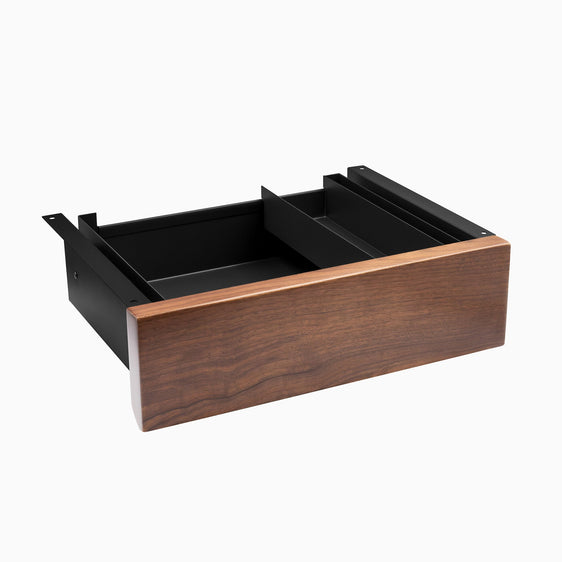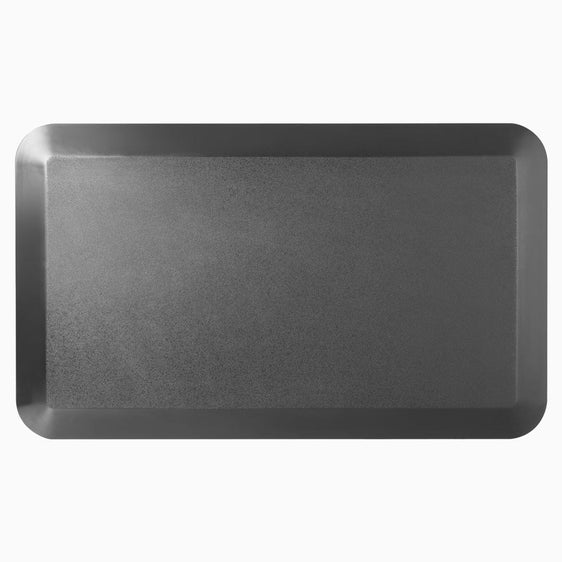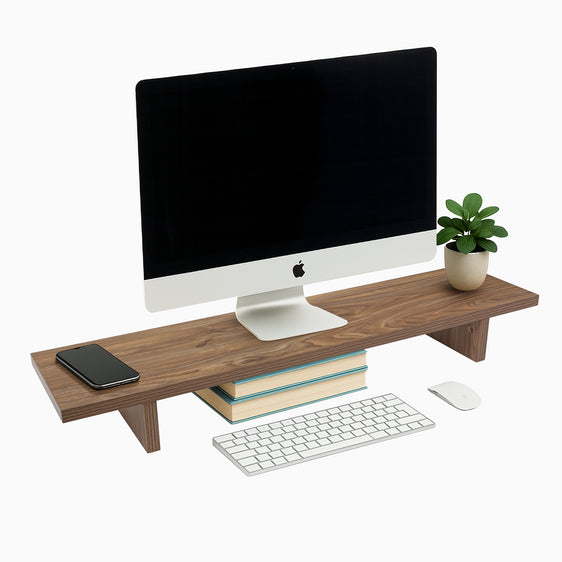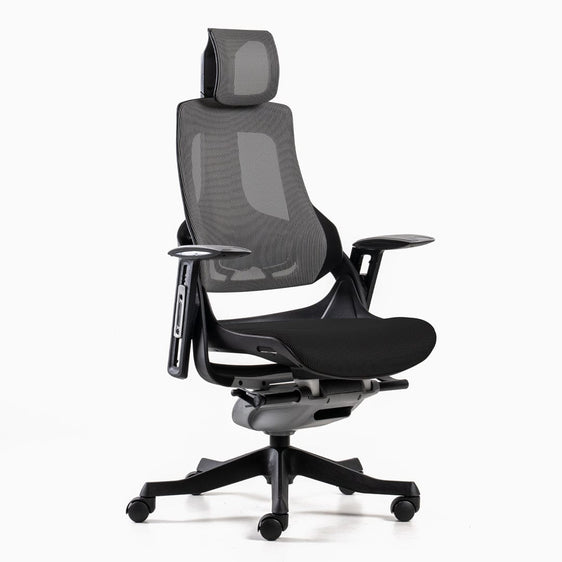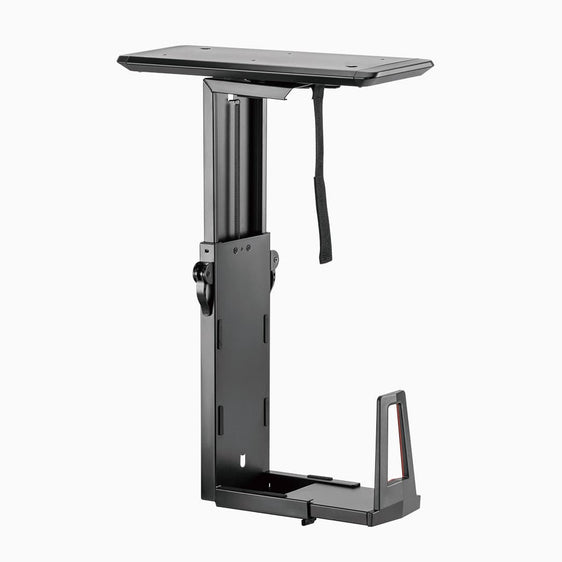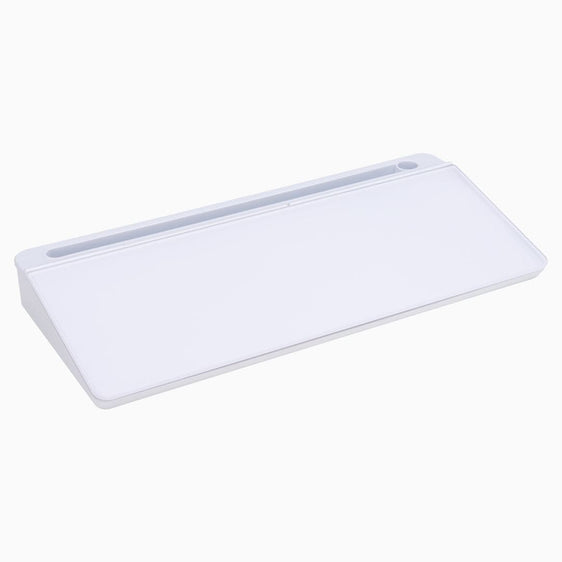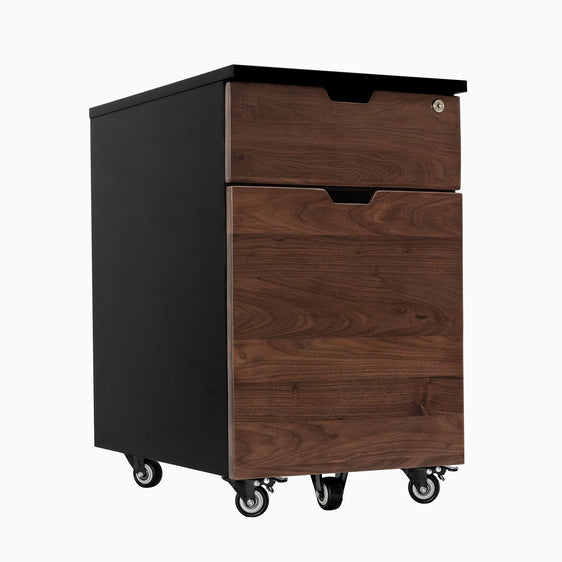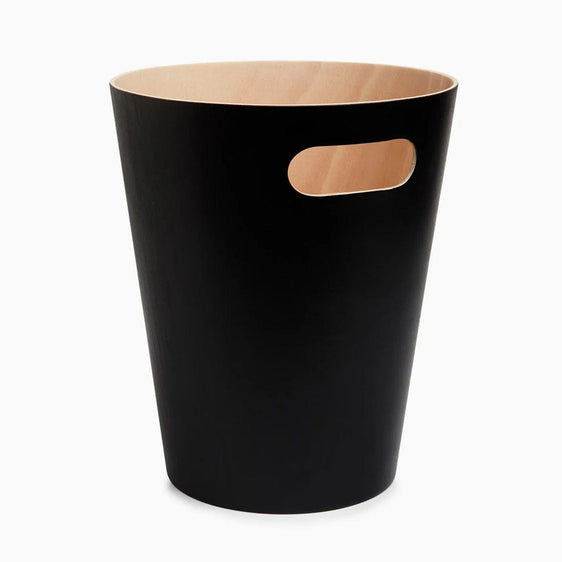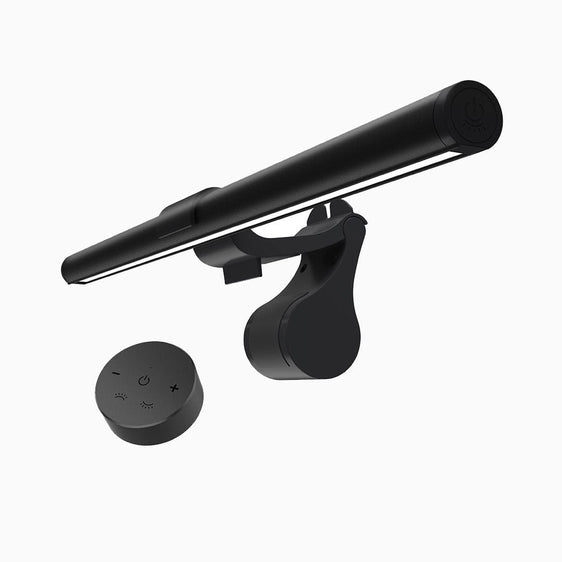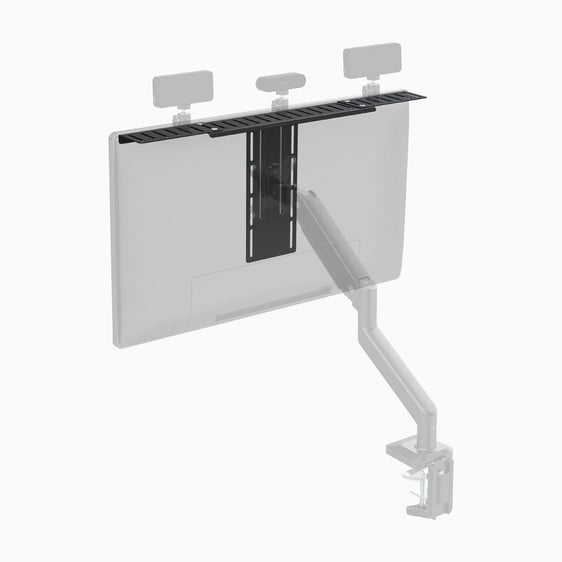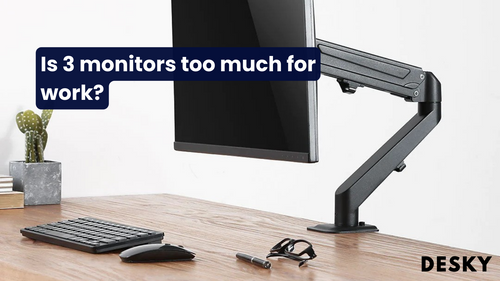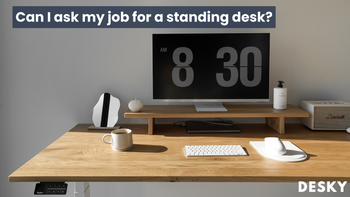
FAQ
Can I ask my job for a standing desk?
Hayden AdamsIn an era where inactive working conditions dominate, there is a burgeoning demand for ergonomic furniture such as height adjustable standing desks. An increasing number of professionals are realizing the health benefits linked to using a standing desk and wondering if they can request one for their work setting.
Using Standing Desk At Work
There's robust evidence suggesting that stand-up desks could provide a health boost, specifically concerning neck and back discomfort. When discomfort or stiffness kicks in, these desks offer you the flexibility to switch your working position, fostering a dynamic work environment.
A study discovered that standing desks could help alleviate lower back, neck, and shoulder discomfort. Therefore, a stand-up desk can act as a game-changer for your daily relief and overall wellbeing.
Is it better to stand up at work or sit down?
Contrary to popular belief, the secret isn't solely in choosing between standing or sitting—it's about implementing regular changes in one's working position. A standing desk incorporated into your routine promotes this mobility.
According to a scientific review of sit-stand desk studies, users who frequently alternate between sitting and standing positions reported an improvement in lower back pain.
Bottom line? A standing desk could potentially enrich your overall postural habits, promoting movement and reducing sedentariness, even outside the confines of the office.
Who uses standing desks?
Stand up desks are no strangers to traditional office environments, emerging as preferred workstations to combat the health hazards of prolonged sitting.
Such hazards can range from postural problems to psychological concerns like depression. Extended sitting periods have been linked to health issues that standing desks help to offset by promoting healthier work habits.
Workplace Revolution
Employees across a variety of fields, not just office workers, are embracing these innovative pieces of furniture. From graphic designers to writers, many professionals are reaping the benefits of these upright workstations.
Does Mark Zuckerberg use a standing desk?
Though we can't definitively confirm whether Mark Zuckerberg uses a standing desk, historical figures like Thomas Jefferson were known for working while standing.
Their preference for standing while working has influenced modern ergonomic trends and paved the way for the development of standing desks today, emphasizing the long-standing belief in the benefits of standing while working.
{{ spec_dual_ergo_edge }}
Historical Figures And Their Standing Desks
Famed individuals throughout history have been known to use standing desks. Some notable examples include:
- Ernest Hemingway was a renowned author who often stood while he wrote.
- Thomas Jefferson was a US innovator who dabbled in various standing desk designs.
- Creative giants like Leonardo Da Vinci and Virginia Woolf, who incorporated standing desks into their work processes,.
- Charles Dickens and Donald Rumsfeld are high-profile personalities with a preference for standing work environments.
Certainly, their fondness for these desks invites further exploration of the benefits each derives from this practice.
Is Requesting a Standing Desk at Work Possible?
Yes, initiating the dialogue for a standing desk at the office is not an uphill battle. You may face refusal, but with a balanced argument that underlines the corporate benefits of using sit-stand desks, the scales of decision-making could tilt in your favor.
Standing Desks Benefits
Standing desks are not universally preferred or suitable. Their benefits and side effects depend on individual work habits, physical conditions, and job tasks.
Some research, like a 2011 study by the Centers for Disease Control and Prevention (CDC), showed that standing desks may reduce upper back and neck pain while improving overall mood compared to traditional seated workspaces. In the quest to optimize productivity and health, standing desks offer an alternative to consider.
Standing desks for spine health
Multiple studies have demonstrated the potential benefit of standing desks to the health of the average office worker. Among the highlighted advantages is the alleviation of pain based in the spine.
By encouraging users to remain proactive and mobile rather than fixed in a seated position, they can contribute to the well-being of the spine and overall body wellness.
Steps to Petition for a Stand-up Desk at Work
A proper way to go about this would involve scheduling a private meeting with the appropriate authority, where your request will be clearly articulated. Do state your case assertively, characterizing your appeal as the need for a tool to bolster your work efficiency.
The Obligations of Employers Regarding Standing Desks
Legally, employers bear no obligation to supply standing desks merely on employee demand. However, employers should consider the legal implications under OSHA or ADA before outright refusal, especially if the request may help avoid potential injuries with ergonomic, sit stand desks.
How to Qualify for a Standing Desk at Work
Alternatively, you may secure a medical statement from your health provider that demonstrates how a standing desk can facilitate your recovery and prevent an exacerbation of your health condition. Your physician, chiropractor, or physiotherapist can provide such documentation.
Prescription from chiropractor
In many cases, medical professionals like chiropractors can indeed suggest patients incorporate the use of a standing desk into their routines. Much like registered nurses, medical doctors, and physical therapists, chiropractors seek to promote optimal body wellness.
By encouraging movement, postural variance, and the prevention of sedentary habits, standing desks can contribute positively to these results. Standing desks enable the user to alternate postures, improving circulation and promoting spinal health.
{{ spec_dual_mini_desk }}
Recommendation from physical therapist
With postural care central to their practice, physical therapists frequently extol the virtues of a standing desk. Use of these structures can prevent longstanding ailments such as musculoskeletal disorders by promoting better posture.
Experts suggests setting a timer as an effective strategy to remind office workers to exercise movement, alternate between sitting and standing, or go for a little walk.
Doctor recommendation
Health experts, including doctors, have noticed potential benefits of using standing desks. Notably, reports highlight an apparent reduction in back pain symptoms and enhanced daily productivity.
Among call center workers, standing desk users were revealed to be 45% more productive than their counterparts who sat throughout their shift. Nevertheless, the exact standing duration to reap these benefits remains unclear.
Besides reducing back pain, doctors highlight the role of standing desks in fostering increased energy levels, improved mood, and enhanced productivity. Having these structures in the office setup can nurture a conducive work environment while promoting overall physical wellness.
Standing Desk Ergonomic Guidelines

Just as with any piece of furniture, using a standing desk requires correct positioning and occasional adjustments to prevent stress and strain. Ergonomics play an integral role in maximizing the benefits and minimizing the potential drawbacks of standing desks.
Disadvantages
While standing desks come with numerous perks, they are not without possible drawbacks
- Requires period of adjustment
- Potential for fatigue when first transitioning to this new work style
- Misuse can lead to overcompensation and cause discomforts or muscle strains.
Usage Considerations
Implementing rest cycles, specially designed standing mats, or adjustable stools like the Desky Sit Stand Pro Active Stool can help users navigate these potential challenges, strike a good balance, and maximize benefits.
Recommended Hours at Standing Desk
Transitioning to a standalone standing desk does not mean standing all day long. Aim for maintaining a standing position for at least 30 minutes each hour, equal to a 1:1 ratio, before you switch to sitting.
For those up to the challenge, a 1:3 ratio, equating to 15 minutes of sitting with 45 minutes of standing every hour, could be a viable option. Finding a comfortable balance between sitting and standing to suit your personal comfort and work demands is vital.
Conclusion
Navigating the pathway to secure a standing desk at your office is not insurmountable. With a persuasive argument backed by scientific research and possibly medical evidence, your request for a standing desk can be seen as justified.
Ultimately, the significant health and productivity benefits highlighted in this argumentative process could profoundly affect decisions about introducing ergonomic furniture in the workspace.
Remember
- Prepare a well-rounded argument that underscores the universal benefits of standing desks
- Discuss the request privately with your immediate supervisor or the appropriate authority
- Present medical documentation, if requested, to support your case
Benefactors should note the critical role ergonomic furniture plays in promoting a healthy and productive work environment. After all, happy, healthy employees are the backbone of any successful business.

